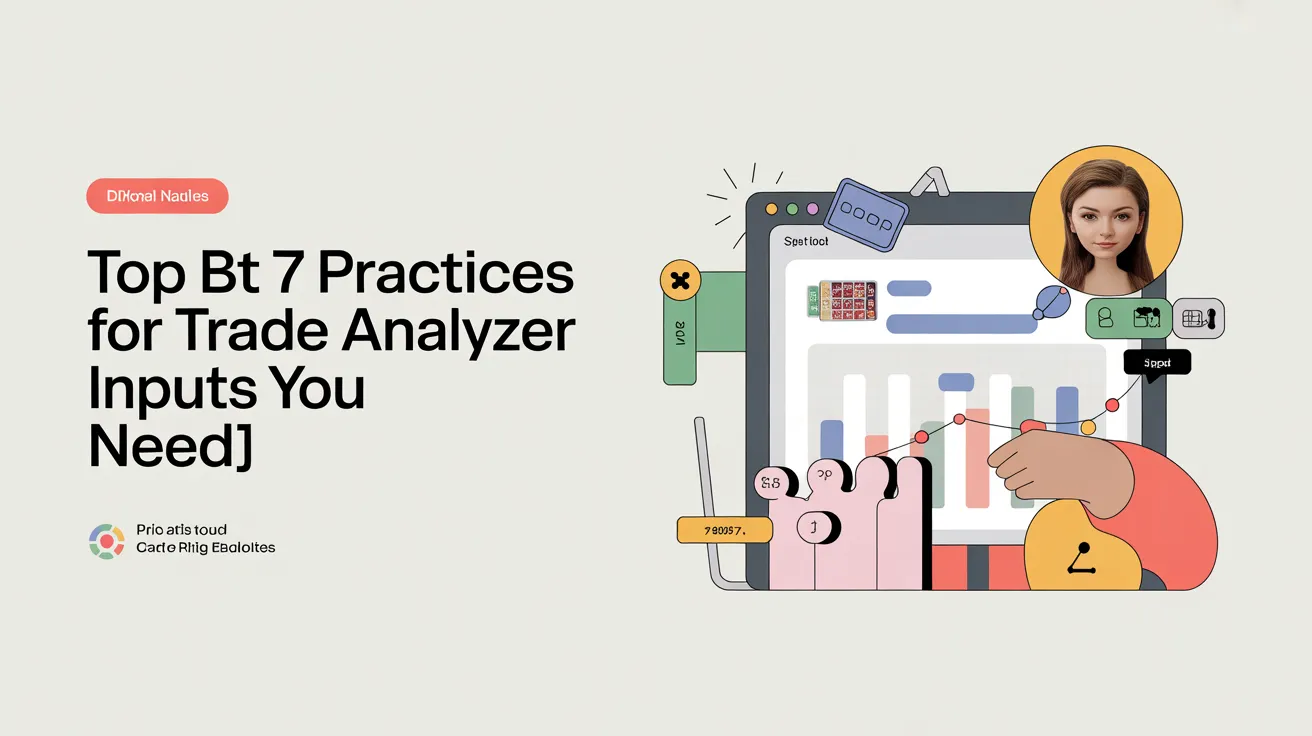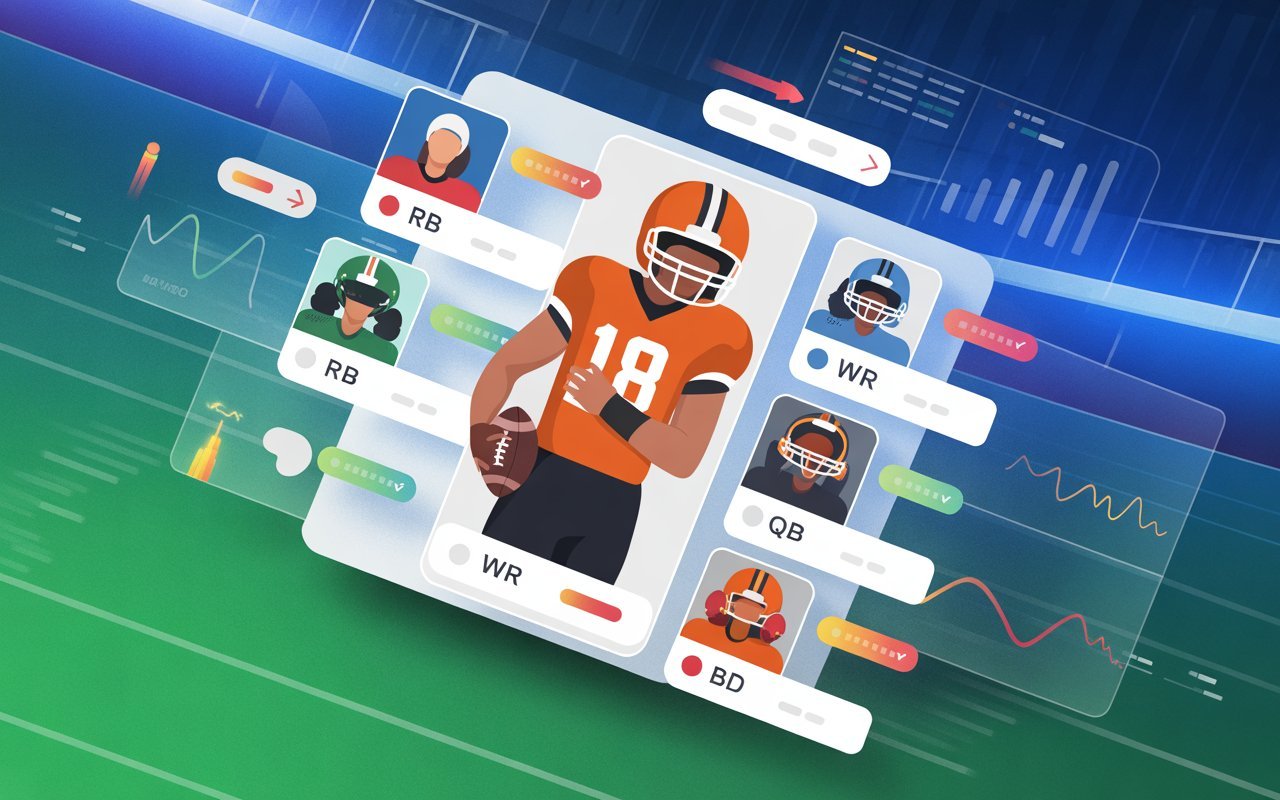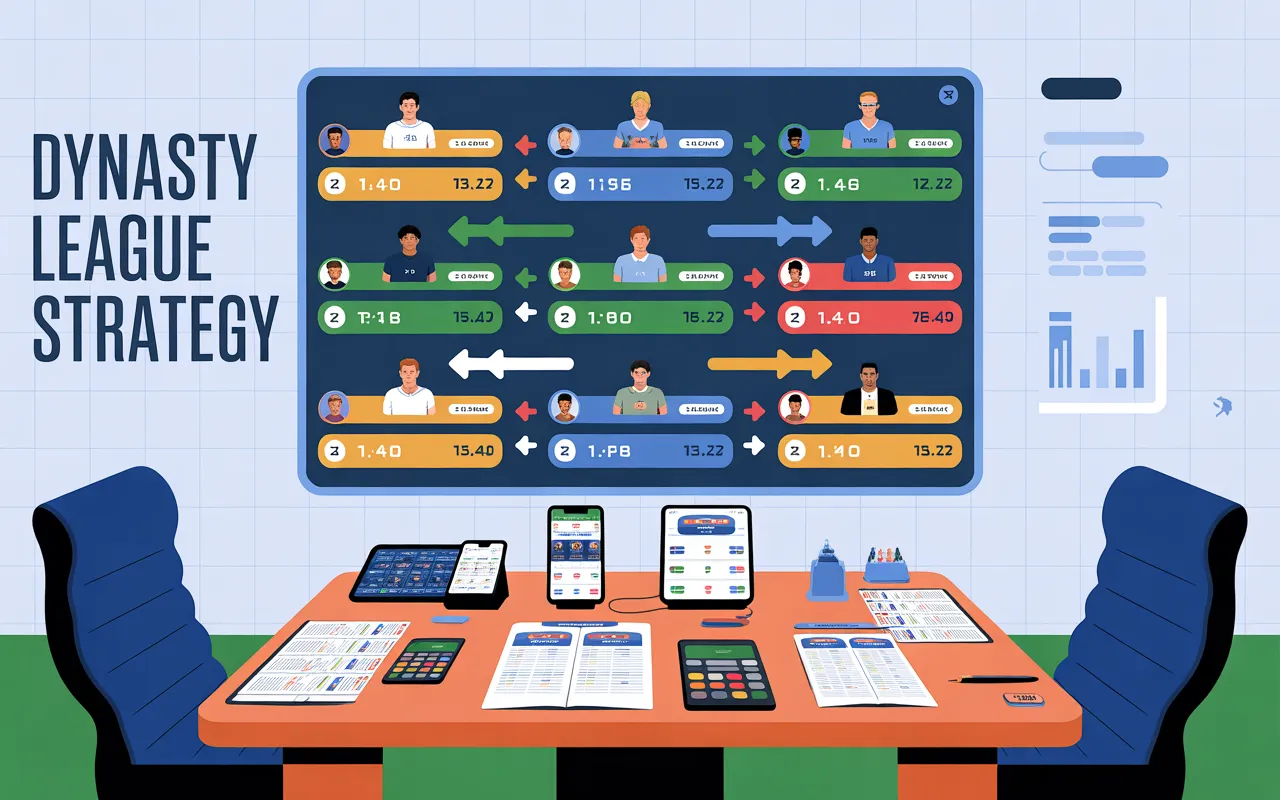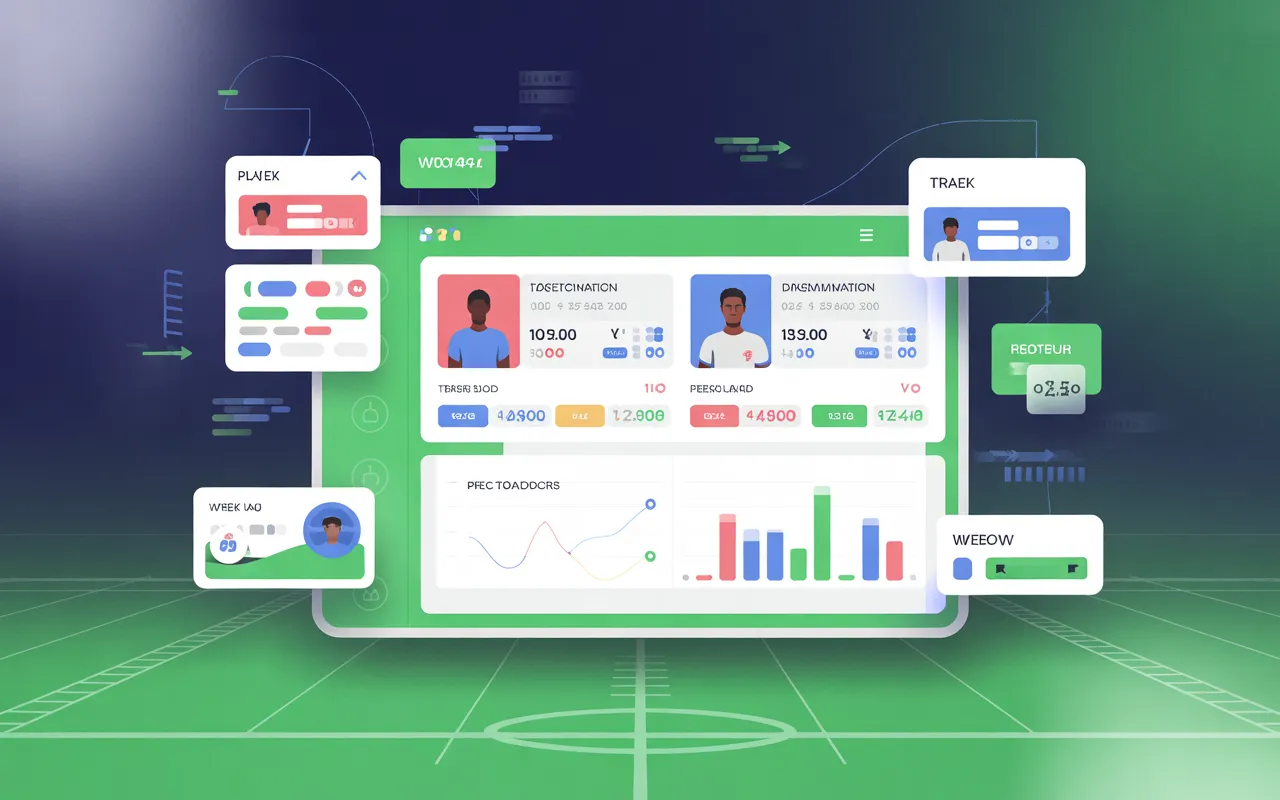If you’ve ever used a fantasy football trade analyzer and felt the results didn’t match reality, you’re not alone. The truth is, a trade analyzer is only as good as the inputs you provide. Garbage in, garbage out. And when you’re fighting for a playoff spot in 2025, the margin for error is razor thin.
That’s why learning the best practices for trade analyzer inputs can completely change how you approach trades. By customizing for scoring formats, injuries, or even playoff schedules, you gain a sharp edge over league mates still relying on default settings. In this guide, I’ll show you actionable steps, hidden tricks, and expert backed methods to ensure your analyzer delivers the most accurate results possible.
Many users forget that PPR vs non-PPR scoring drastically shifts player values. For example, a WR like Amon-Ra St. Brown jumps in PPR, while Nick Chubb gains value in non-PPR.
- PPR leagues: Add 1 point per reception; weigh WR/RB differently.
- TE premium leagues: Adjust TE multipliers (vital for formats like best trade analyzer settings for TE premium leagues).
- Superflex or 2-QB leagues: Always boost QB value, especially top-tier players like Josh Allen and Tua Tagovailoa.
✅ Pro Tip: Use trade analyzer inputs for superflex leagues to avoid undervaluing quarterbacks.
2. Factor in Injury Situations
Inputs should reflect injury probability and real-time player status. Analysts from Draft Sharks recommend using weekly updates for projections.
- Short-term injuries: Adjust downward only if the player misses multiple weeks.
- High injury risk players (like Miles Sanders or Gus Edwards): Apply a risk discount.
- New injuries: Use trade analyzer inputs to account for injury news for real-time updates.
📊 Stat: According to CBS Sports, injury-related trades influence 40% of playoff outcomes in competitive leagues.
3. Adjust for Package Trades
One of the most overlooked inputs is package adjustment. A 2-for-1 trade isn’t simply additive—bench value matters.
Example: Trading Brandon Aiyuk + D’Onta Foreman for Stefon Diggs.
- Without package adjustment, the analyzer may overvalue the pair.
- With it, Diggs often comes out on top (since bench points rarely match starter points).
👉 Use how to set package adjustment in trade analyzer to avoid overrating depth pieces.
Want to maximize your trades this season? Check out our detailed guide on Fantasy Trade Analyzer to see how it stacks up against other must-know strategies in fantasy football.
4. Import League Settings Correctly
If your analyzer doesn’t auto-sync (like some tools on Fantasycalc.com or Rototrade), you’ll need to import manually.
Steps:
- Enter league scoring (PPR, half-PPR, non-PPR).
- Adjust roster slots (IR, flex, bench).
- Save defaults for quick access.
💡 Use how to import league settings into trade analyzer (manual) guides for platforms that don’t connect directly.
5. Account for Playoff Schedule Impact
Savvy managers know trade analyzer inputs for playoff-schedule impact can flip trade outcomes.
- Example: Saquon Barkley may project higher season-long, but his playoff schedule is brutal.
- Meanwhile, Tony Pollard faces weaker defenses in Weeks 15–17.
Always check projected playoff matchups before finalizing inputs.
6. Include Dynasty and Keeper Context
Dynasty players need to value rookie picks and multi-year projections.
- Use how to include dynasty rookie picks trade analyzer for accurate pick valuation.
- Keeper leagues: Apply cost adjustments and multi-year projection tweaks (calibrate trade analyzer for keeper leagues).
- Tools like ffdata.net and Paper Bulls provide historical pick ROI charts.
Curious to learn the basics? Check out our detailed guide on What is a fantasy trade analyzer and explore another post that dives deeper into how to actually use one effectively.
7. Validate Inputs Before Submission
Before locking in trade offers, run through an audit your trade analyzer inputs checklist:
- Scoring settings correct?
- Injuries accounted for?
- Bench depth and package trades adjusted?
- Dynasty or keeper settings applied?
This step ensures your results align with reality, not just default projections.
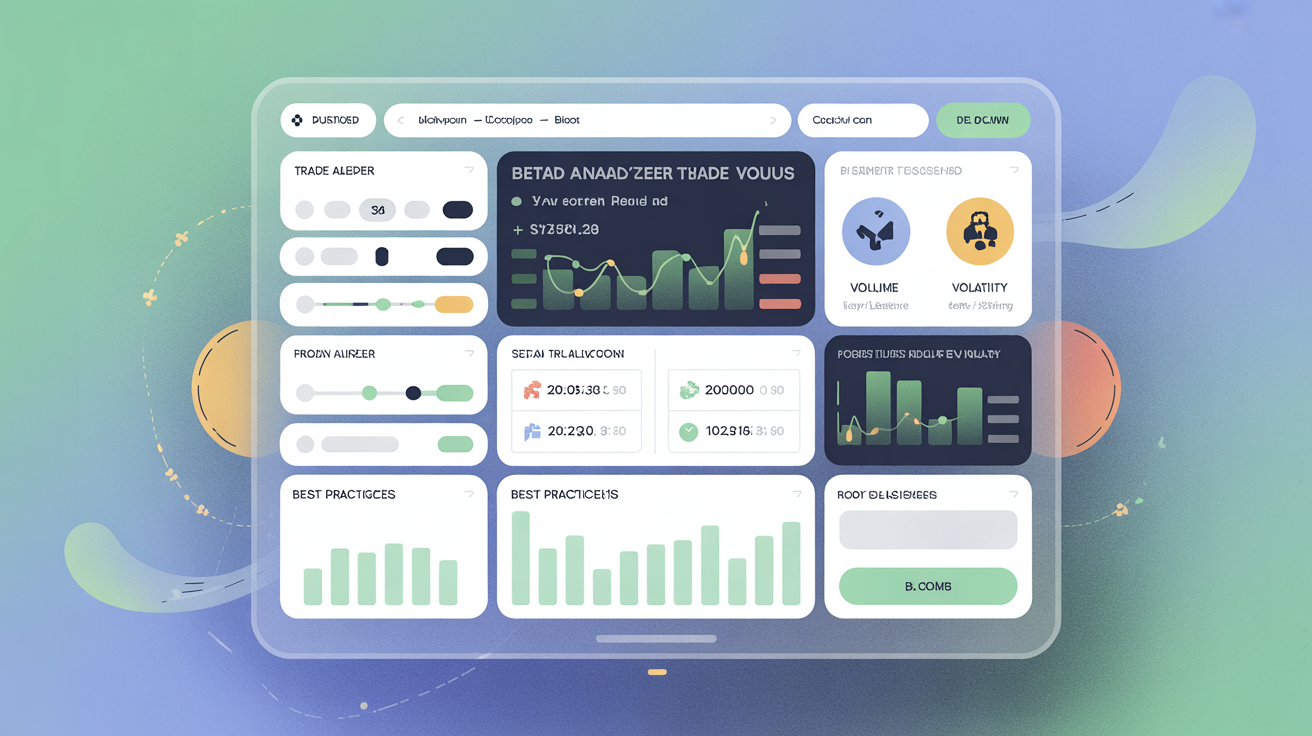
My Personal Experience
Last season, I made the mistake of trusting default settings in a PPR league. I traded Chris Olave for James Robinson because the analyzer said it was “even.” A week later, Olave exploded, while Robinson lost touches.
Lesson learned: always adjust inputs for scoring and injury context.
What worked for me later was factoring roster depth into trade analyzer inputs. By weighing bench strength, I avoided overvaluing filler RBs in package trades. That single adjustment helped me flip Mike Evans for A.J. Brown, which sealed my playoff run.
“A trade analyzer is powerful, but only when users customize inputs to reflect their league’s unique rules and dynamics.”
— Justin Boone, Fantasy Analyst at theScore
Conclusion About Best practices for trade analyzer inputs
Mastering the best practices for trade analyzer inputs can be the difference between winning or losing trades in 2025. By adjusting for scoring, injuries, playoff schedules, and package trades, you ensure every recommendation reflects your league’s reality.
If you’re new to the terminology, our Fantasy trade analyzer glossary is a great place to start, and you can also check out our guide on trade strategies to put those terms into action.
FAQ About Best practices for trade analyzer inputs
What are the best practices for trade analyzer inputs?
Focus on scoring settings, injuries, package adjustments, dynasty/keeper rules, and playoff schedules for accurate results.
How do I set trade analyzer inputs for superflex leagues?
Always increase QB weight. In 2-QB/superflex formats, QBs like Dak Prescott or Kirk Cousins become premium assets.
Can I include rookie picks in trade analyzers?
Yes. Many tools allow it. Use value rookie draft picks in dynasty trade analyzer for accurate rookie valuation.
Why do package trades confuse analyzers?
Because bench players rarely equal starter value. Use the package adjustment input feature to fix this.
Should I adjust inputs weekly?
Yes. Inputs should change with injuries, depth chart updates, and playoff schedule shifts.

